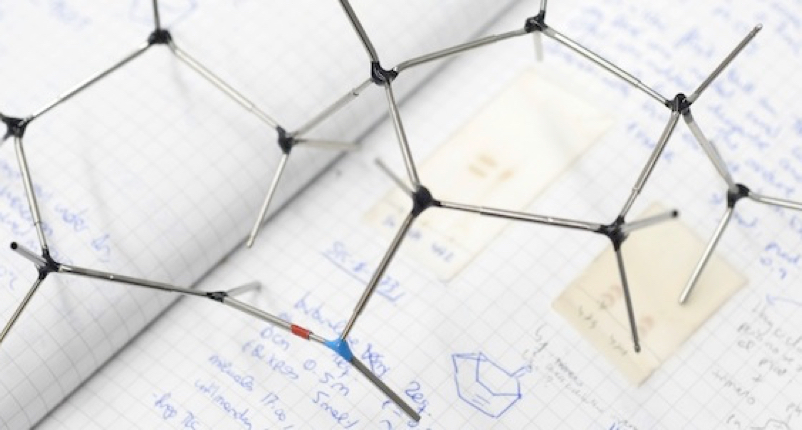Rigidified Cavitand Hosts in Water: Bent Guests, Shape Selectivity, and Encapsulation
We report the synthesis and characterization of two water-soluble container compounds (cavitand hosts) with rigidified open ends. One cavitand uses four (CH2)4’s as spacers to bridge the adjacent walls, while another cavitand uses four CH2CH2OCH2CH2’s bridges and features a wider open end. The spacers preorganize the deep cavitands into vase-like, receptive shapes and prevent their unfolding to the unreceptive kite-like conformation. Cycloalkane guests (C6–C8) and small n-alkanes (C5–C7) form 1:1 complexes with the cavitands and move freely in the cavitands’ spaces. Hydrophilic compounds 1,4-dioxane, tetrahydrofuran, tetrahydropyran, pyridine, and 1-methylimidazole also showed good binding affinity to the new cavitands. Longer alkanes (C11–C14) and n-alcohols (C11–C16) are taken up with a −CH3 group fixed at the bottom of the cavity and the groups near the rim in compressed conformations. The methylene bridges appear to divide the cavitand into a narrow hydrophobic compartment and a broader space with exposure to the aqueous medium. Longer alkane guests (C15–C18), N,N-dimethyldioctylammonium, and dioctylamine induce the formation of capsules (2:1 host:guest complexes). The new cavitands showed selectivity for p/m-cresol isomers and xylene isomers. The cavitand with CH2CH2OCH2CH2 bridges bound long-chain α,ω-diols (C13–C15) and diamines in folded, U-shaped conformations with polar functions exposed to the aqueous medium. It was used to separate o-xylene from its isomers by using simple extraction procedures.

Yang, J. M.; Chen, Y. Q.; Yu, Y.; Ballester, P.; Rebek J. Jr.
J. Am. Chem. Soc. 2021, 143 (46), 19517–19524
DOI:
10.1021/jacs.1c09226

Let's create a brighter future
Join our team to work with renowned researchers, tackle groundbreaking
projects and contribute to meaningful scientific advancements




















